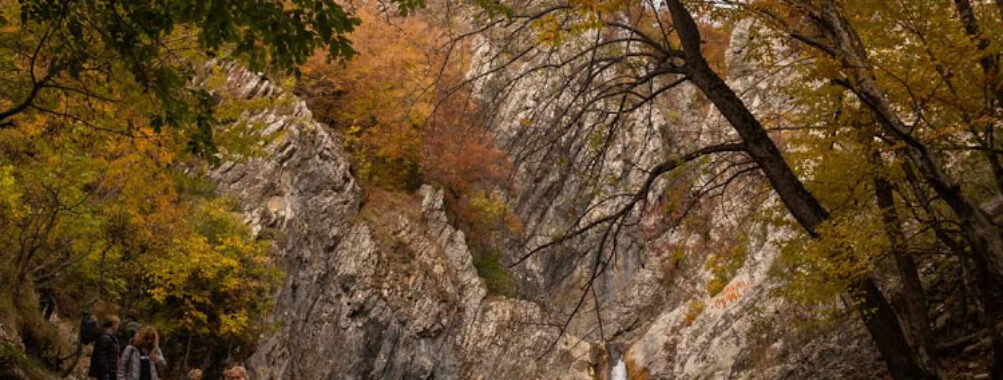
Sliven Province
Table of Contents
Description
Sliven Province, tucked away in southeastern Bulgaria, is one of those places that quietly surprises you once you peel back the layers. It’s named after its main hub, the city of Sliven, which manages to strike a curious balance between industrial grit and old-world charm. Covering a fair stretch of 3,544.1 square kilometers, it’s not sprawling by any means, but it’s packed with enough diversity to keep even the most restless traveler intrigued.
With a population hovering around 205,000, the province isn’t crowded, which means you won’t find yourself elbow-to-elbow with tourists. Instead, you get a more authentic experience — locals going about their daily lives, markets buzzing with fresh produce, and a landscape that shifts from rugged mountains to gentle plains. The climate and geography lend themselves to some seriously beautiful scenery, especially if you’re into hiking or just soaking up nature without the usual tourist traps.
What stands out about Sliven is its rich history and cultural depth. It’s a place where you can stumble upon centuries-old churches, traditional Bulgarian architecture, and museums that tell stories you might not have heard before. The province’s industrial past is evident but doesn’t overshadow the natural beauty and warmth of the people. If you’re the kind of traveler who enjoys wandering off the beaten path and discovering hidden gems, Sliven Province is a spot worth considering.
Key Features
- Impressive natural landmarks, including the famous Sinite Kamani (Blue Rocks) nature park
- Historic sites reflecting Bulgaria’s rich past, from Thracian tombs to Ottoman-era buildings
- Authentic local culture with traditional crafts, folklore, and cuisine
- Four distinct municipalities offering varied experiences within the same province
- Less touristy, providing a genuine glimpse into Bulgarian life and landscapes
- Excellent hiking and outdoor activities in the Balkan Mountains
- Vibrant local markets where you can taste and buy fresh, regional products
- Affordable accommodations and dining, making it a budget-friendly destination
Best Time to Visit
If you ask me, the sweet spot for visiting Sliven Province is late spring through early autumn. From May to September, the weather tends to be just right — warm but not scorching, perfect for hiking or exploring the city streets without sweating buckets. Autumn, especially September and October, paints the forests in stunning hues of orange and red, which is a real treat if you’re into photography or just want to soak up some quiet beauty.
Winter can be pretty chilly and a bit gloomy, so unless you’re a fan of cold weather and snow-covered landscapes, it might not be the best time. But hey, if you’re into winter sports or just want to see a different side of Bulgaria, the mountains in Sliven can offer some peaceful snowy retreats.
How to Get There
Getting to Sliven Province isn’t exactly a hassle, but it does require a bit of planning since it’s not a major international hub. The nearest big airport is in Burgas, about 90 kilometers away, which handles flights from many European cities. From there, you can grab a bus or rent a car to reach Sliven — the drive is scenic and not too long, maybe around an hour and a half.
If you’re coming from Sofia or Plovdiv, the train and bus networks connect well with Sliven, but the journey can be a bit slow. Renting a car gives you the freedom to explore the smaller villages and natural spots at your own pace, which I’d highly recommend. Public transport is affordable but less frequent, so keep that in mind if you’re on a tight schedule.
Tips for Visiting
Here’s where I get to share some nuggets from my own travels and what I wish I’d known before heading to Sliven. First off, don’t rush. The charm of this province lies in its unhurried pace. Give yourself extra time to wander through local markets, chat with friendly shopkeepers, and maybe even pick up a souvenir or two — like handmade pottery or local honey.
Pack comfortable shoes because you’ll want to explore the Blue Rocks and nearby trails. The terrain can be uneven, and trust me, nothing kills the mood faster than sore feet. Also, bring some cash with you. While cards are accepted in bigger towns, smaller villages and markets often operate on a cash-only basis.
Try the local cuisine — it’s hearty and honest, with dishes like kavarma (a slow-cooked meat stew) and banitsa (a flaky cheese pastry) that’ll stick to your ribs in the best way. And don’t be shy about asking locals for recommendations. Bulgarians are generally warm and proud of their heritage, so they’ll usually be happy to point you toward their favorite spots.
Finally, remember that English might not be widely spoken outside the main city, so a phrasebook or translation app is your best friend here. But hey, sometimes the best travel memories come from those imperfect conversations and funny misunderstandings, right?
Location
Places to Stay Near Sliven Province
Find and Book a Tour
Explore More Travel Guides
No reviews found! Be the first to review!